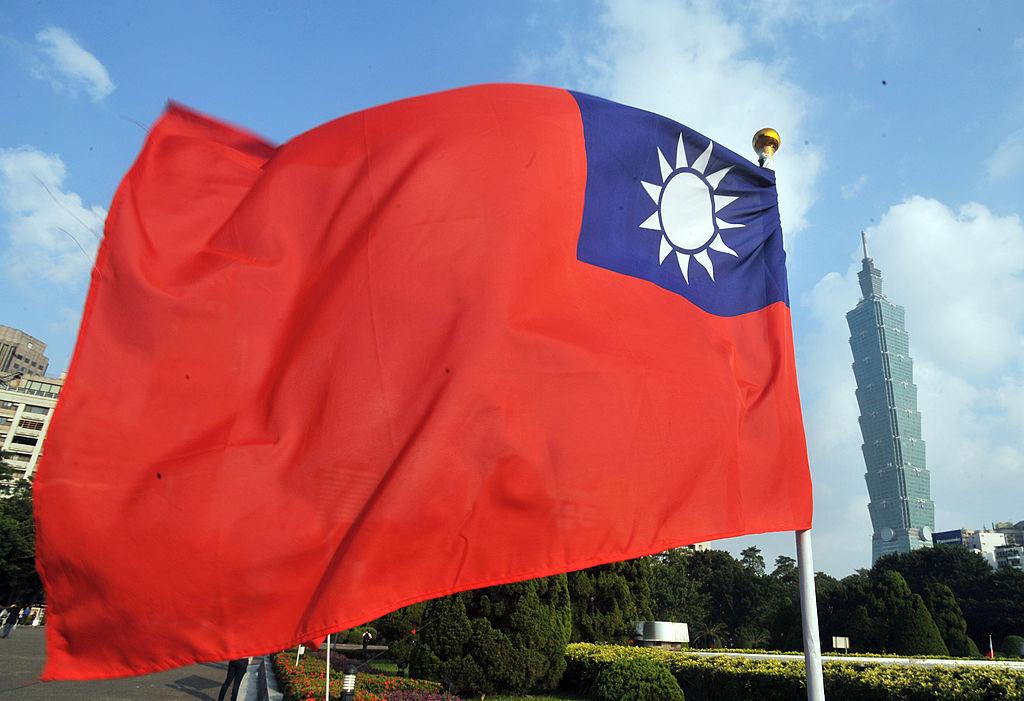Retailer Machinery House has published a catalogue of its products that now include labels to indicate which products were made in Taiwan, which has been praised by the international community for containing the spread of the CCP virus.
The catalogue displays items for purchase and beside some of them is the Taiwanese flag with the text “Made in Taiwan” printed beneath it. There appear to be no flags from other countries.





